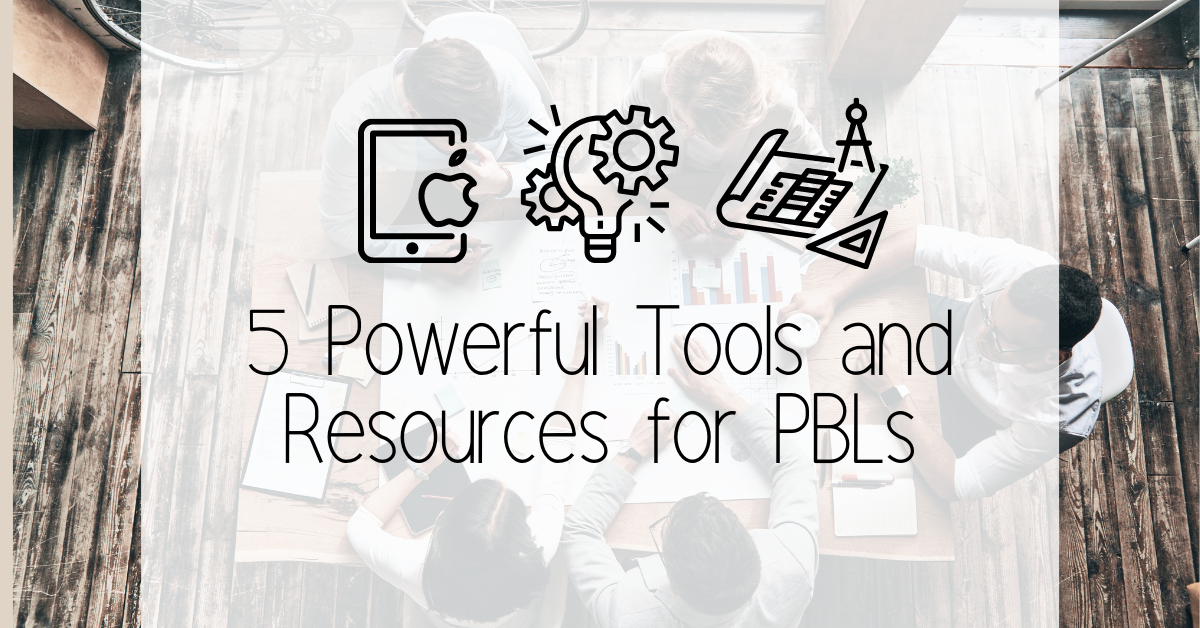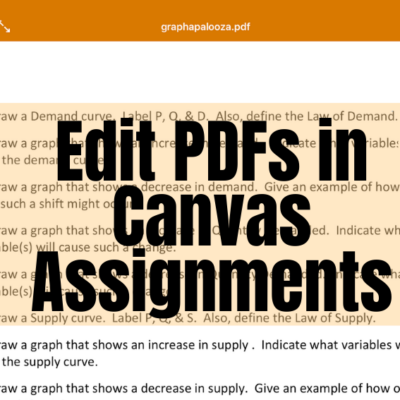If you are connected anywhere to early literacy education right now, I am sure you are aware of the national conversation around aligning current practice to the science of reading. But what is the science of reading and how can it make our students better readers? I am by no means an expert, but have picked up some helpful resources along my learning journey to hopefully help you with the shift you are making in your classroom when you read aloud to students.
Reading for Understanding
One main aspect behind the science of reading is the idea that reading comprehension is the product of decoding and language comprehension.
Simply put, reading for understanding requires sounding out and recognizing words as well as making meaning of the words and sentences heard.
Scarborough’s Rope
In the early 1990’s Dr. Hollis Scarborough wanted to help parents understand the skills their children needed to master to become proficient readers, inventing what we call Scarborough’s Reading Rope. The Reading Rope consists of two primary segments: Word Recognition and Language Comprehension, each consisting of various smaller strands. When intertwined, these strands form the rope symbolizing proficient reading. All the elements are interconnected and interdependent, so if any single strand is weak, it impacts the entire rope and, consequently, the reader.
Oral Language
Traditional language arts instruction has typically paid little attention to listening and speaking. Additionally, the ability to read and write written language is highly correlated with students’ oral language proficiency, and the ability to understand a text read aloud is necessary for making sense of the same text in printed form.
Is anyone else thinking about SIOP like I am? The graphic below demonstrates the importance of devoting time to reading aloud to young children.
It is crucial for students to encounter not only the language used in daily communication but also the more sophisticated and formal language found in books. Achieving this is most effectively accomplished through regular read-aloud sessions.
Conducting a “Text Talk” is an easy way to get students talking about the text while also acquiring new vocabulary. A group of classroom teachers from Utah created a wonderful collection of lessons for over 100 read aloud books that will add discussion to focus, monitor, and scaffold learning. Each lesson dives deeply into tier 2 vocabulary words and guidelines for how to get the students interacting with the text and increase their listening comprehension. Click the image below to access this amazing, FREE resource!
By engaging the text with students during a reading aloud, they are able to experience written language without the burden of decoding. We grant them access to content above their own ability to read and understand, which makes them free to focus their energy on the words and ideas in the text. Try using some of these lessons during your next read aloud and rethink listening comprehension, building background, and vocabulary building.
As we embark on this journey towards enhancing literacy through the science of reading and the power of structured, language rich read-alouds, I invite you to share your thoughts and experiences. How have you incorporated read-alouds into your classroom? What challenges have you faced, and what successes have you celebrated? Your insights and stories can inspire and support fellow educators on their own literacy-building endeavors. Let’s create a community of shared knowledge and learning. Please feel free to comment below and let the conversation flourish!”



